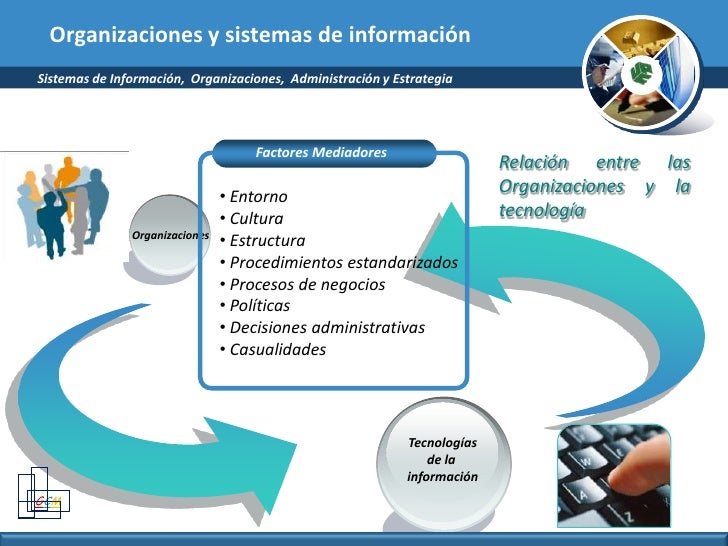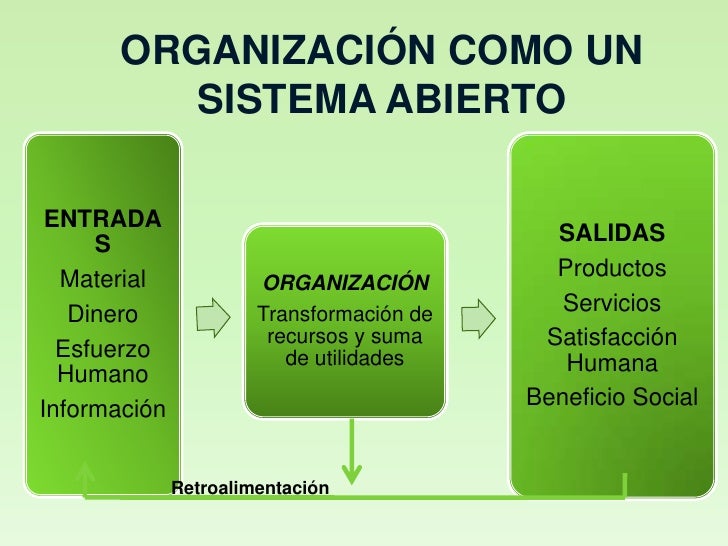The foreign exchange market, or forex, being the largest financial market in the World has been the domain of government central banks as well as for commercial and investment banks in a scandalous manner and it exists wherever one currency is traded for another. But recently more numbers of individuals are handling the forex market as it offers trading 24-hours a day, five days a week, and the daily dollar volume of currencies traded in the currency market that exceeds $1.9 trillion daily, making it the largest liquid market in the world.
"Foreign Exchange" is the place where the money of one nation is traded with the other nation. The most popular pair of exchange in the forex market is "Euro Dollar". You can view these pairs in all forex display screens as "EUR/USD". Forex trading strategies are the key to triumphant forex trading or online currency trading. The management team of One World Capital Group bid proficiency in both Forex trading and internet technologies and proven track records that deals with large, global trading and brokerage operations as well. Forex made easy is as simple as you would want it to be.
Forex trading is different from trading in stocks entirely and it uses Forex trading strategies that will give you lot of advantages as well as help you to comprehend greater profits in the short term. There are wide ranges of forex trading strategies that are available to investors. It is one of the most useful of these forex trading strategies called as leverage. Knowledge of these Forex trading strategies can imply the difference between profits along with a loss and so it is essential that you fully grasp the strategies that are being used in Forex trading. The world of Forex trading is highly complicated and success requires education and familiarity with terms, charts, signals and indicators.
As you can be able to access it from home or office from any parts of the country, Global Forex trading is the most profitable and attractive internet income opportunity. And you do not need to do anything or there is no need of internet promotion for getting succeeded. Forex Capital Markets are nothing but foreign exchange markets where the currencies are been bought and sold continuously for profits. These capital markets of forex are present globally and their transactions are always non-stop in this forex cash market. A managed Forex account is forex made easy. Many different companies offer these accounts to their clients. The foreign exchange market is a worldwide market and as per to some estimates is almost as big as thirty times the turnover of the US Equity markets.
More Information!
"Foreign Exchange" is the place where the money of one nation is traded with the other nation. The most popular pair of exchange in the forex market is "Euro Dollar". You can view these pairs in all forex display screens as "EUR/USD". Forex trading strategies are the key to triumphant forex trading or online currency trading. The management team of One World Capital Group bid proficiency in both Forex trading and internet technologies and proven track records that deals with large, global trading and brokerage operations as well. Forex made easy is as simple as you would want it to be.
Forex trading is different from trading in stocks entirely and it uses Forex trading strategies that will give you lot of advantages as well as help you to comprehend greater profits in the short term. There are wide ranges of forex trading strategies that are available to investors. It is one of the most useful of these forex trading strategies called as leverage. Knowledge of these Forex trading strategies can imply the difference between profits along with a loss and so it is essential that you fully grasp the strategies that are being used in Forex trading. The world of Forex trading is highly complicated and success requires education and familiarity with terms, charts, signals and indicators.
As you can be able to access it from home or office from any parts of the country, Global Forex trading is the most profitable and attractive internet income opportunity. And you do not need to do anything or there is no need of internet promotion for getting succeeded. Forex Capital Markets are nothing but foreign exchange markets where the currencies are been bought and sold continuously for profits. These capital markets of forex are present globally and their transactions are always non-stop in this forex cash market. A managed Forex account is forex made easy. Many different companies offer these accounts to their clients. The foreign exchange market is a worldwide market and as per to some estimates is almost as big as thirty times the turnover of the US Equity markets.
More Information!














